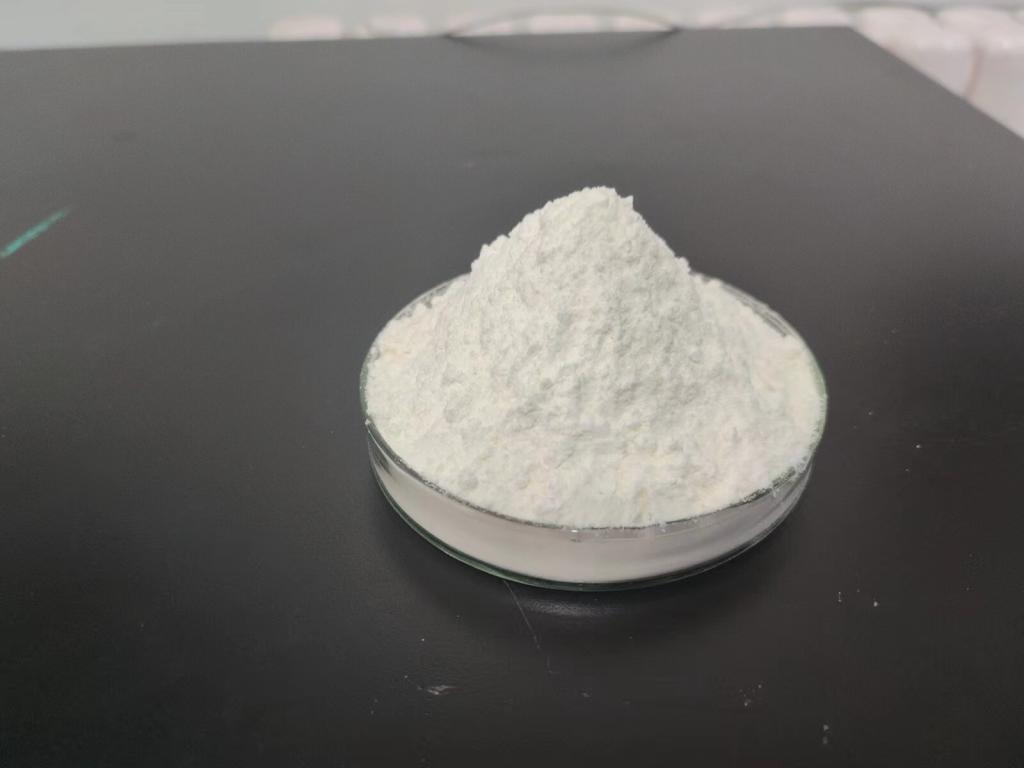Tel:+8618231198596

News
 CONTACT
CONTACT
 CONTACT
CONTACT
- Linkman:Linda Yao
- Tel: +8618231198596
- Email:linda.yao@dcpharma.cn
- Linkman:CHARLES.WANG
- Department:Overseas
- Tel: 0086 0311-85537378 0086 0311-85539701
News
Exploring the Therapeutic Potential of ε-Polylysine Hydrochloride.
TIME:2024-05-22
While traditionally known for its antimicrobial properties and use as a food preservative, ε-Polylysine hydrochloride has recently gained attention for its therapeutic potential in various medical applications. This review explores the expanding repertoire of ε-Polylysine hydrochloride in pharmaceuticals, biomedicine, and healthcare, shedding light on its diverse therapeutic properties and emerging roles in disease management and treatment.
2. Antimicrobial Properties
The antimicrobial activity of ε-Polylysine hydrochloride has long been recognized and extensively studied. Its ability to disrupt microbial cell membranes and inhibit protein synthesis makes it effective against a wide range of bacteria, fungi, and yeasts. In the context of therapeutics, ε-Polylysine hydrochloride shows promise as a topical antimicrobial agent for the treatment of skin infections, wound healing, and surgical site prophylaxis. Its low toxicity and biocompatibility make it a safe and effective alternative to traditional antimicrobial agents.
3. Antiviral Activity
Emerging evidence suggests that ε-Polylysine hydrochloride exhibits antiviral activity against various viruses, including herpes simplex virus (HSV), human immunodeficiency virus (HIV), and influenza virus. Its mechanism of action involves inhibition of viral entry, replication, and release, making it a potential candidate for the development of antiviral therapies and prophylactic agents. Further research is needed to elucidate the specific mechanisms underlying its antiviral activity and explore its clinical applications in viral infection management.
4. Anticancer Potential
In recent years, studies have revealed the anticancer properties of ε-Polylysine hydrochloride, highlighting its ability to inhibit cancer cell proliferation, induce apoptosis, and suppress tumor growth in preclinical models. Its selective cytotoxicity towards cancer cells, coupled with its minimal toxicity to normal cells, makes it a promising candidate for cancer therapy. Clinical trials are warranted to evaluate the efficacy and safety of ε-Polylysine hydrochloride-based therapies in cancer patients and identify optimal treatment regimens.
5. Wound Healing and Tissue Regeneration
ε-Polylysine hydrochloride has been investigated for its potential role in wound healing and tissue regeneration. Studies have shown that ε-Polylysine hydrochloride accelerates wound closure, promotes granulation tissue formation, and enhances collagen deposition in animal models of cutaneous wounds. Its antimicrobial properties also reduce the risk of wound infection and improve healing outcomes. Further research is needed to elucidate the underlying mechanisms of its wound healing effects and optimize its formulation for clinical use.
6. Drug Delivery Systems
ε-Polylysine hydrochloride has emerged as a versatile platform for drug delivery due to its biocompatibility, biodegradability, and ability to self-assemble into nanostructures. It can encapsulate hydrophobic drugs, peptides, and nucleic acids, protecting them from degradation and facilitating their targeted delivery to specific tissues or cells. ε-Polylysine hydrochloride-based drug delivery systems hold promise for improving the therapeutic efficacy, bioavailability, and safety of various drugs, including chemotherapeutics, antivirals, and gene therapies.
7. Immunomodulatory Effects
Recent studies have demonstrated the immunomodulatory effects of ε-Polylysine hydrochloride, including modulation of inflammatory responses, enhancement of innate immune function, and regulation of immune cell activation and differentiation. These immunomodulatory properties have implications for the treatment of autoimmune diseases, inflammatory disorders, and immune-related conditions. Further research is needed to elucidate the mechanisms underlying its immunomodulatory effects and explore its therapeutic applications in immune-mediated diseases.
8. Challenges and Future Directions
Despite its promising therapeutic potential, several challenges must be addressed to fully harness the benefits of ε-Polylysine hydrochloride in clinical practice. These include optimizing its formulation and delivery systems, elucidating its mechanisms of action, conducting rigorous preclinical and clinical studies, and ensuring regulatory approval and commercialization. Future research efforts should focus on addressing these challenges and exploring the full therapeutic spectrum of ε-Polylysine hydrochloride in various disease contexts.
9. Conclusion
ε-Polylysine hydrochloride represents a promising therapeutic agent with diverse applications in pharmaceuticals, biomedicine, and healthcare. Its antimicrobial, antiviral, anticancer, wound healing, drug delivery, and immunomodulatory properties make it a versatile platform for addressing unmet medical needs and improving patient outcomes. By overcoming challenges and advancing research in this field, ε-Polylysine hydrochloride has the potential to revolutionize the landscape of medical therapeutics and contribute to the advancement of precision medicine.
- Tel:+8618231198596
- Whatsapp:18231198596
- Chat With Skype







